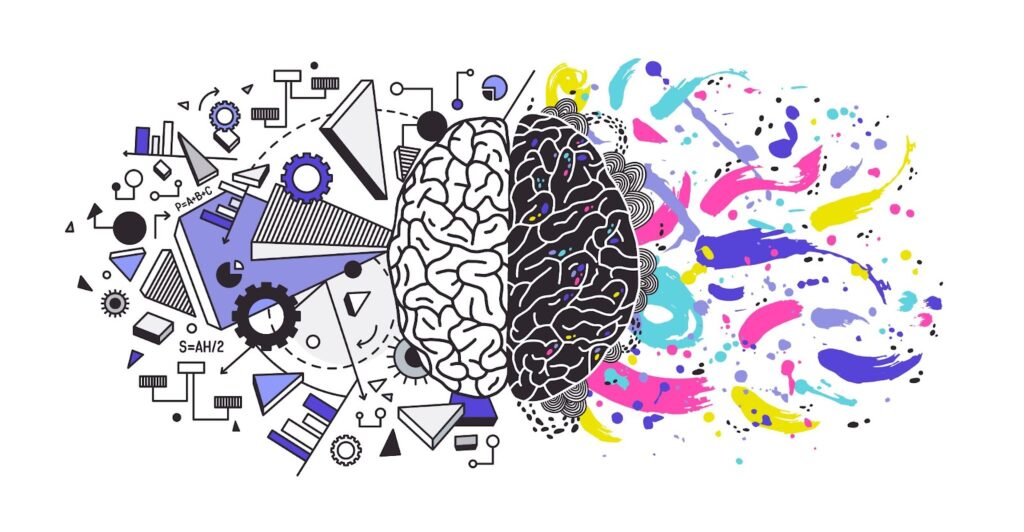Design is indeed subjective and can be influenced by various factors such as personal taste, cultural differences, and individual experiences.
Who gets to decide whether a design is good or bad – the designer, the agency or the client? Who determines whether a design meets the standard? Just like music, design is a form of artistic expression that can evoke different emotions and reactions from people. A design that you find beautiful and impactful might not resonate with someone else, similar to how people have different opinions and preferences regarding music or movies.
As a designer working for a client, it’s important to adhere to brand guidelines, but does following these guidelines automatically make a design great? Is it the aesthetics or the functionality of the design that makes it successful? In graphic design, the goal is to communicate a message clearly to the audience and get them to take some sort of action or feel a certain way. But what factors contribute to this clarity?
Aesthetics is a significant aspect of design subjectivity as it relates to the visual appeal of a design. Is the right image being used? Are the colours, fonts, and layout appropriate? During my time at a previous agency, I had a client who prioritised the attractiveness of the models used in the design above all else. She believed that using attractive models would draw people in, regardless of the layout, font, or other design elements. This highlights how personal preferences can shape the perception of a design.
Another aspect to consider is the designer’s intent or emotions behind the creative work. A designer may opt for a simple and minimalist approach, but the client might perceive it as a lack of effort or dismiss it as something that could be easily replicated in Canva. However, the real question should not be whether or not it can be created in Canva, but whether the design adheres to established design principles and guidelines. Is it creative? Does it serve the purpose of the communication? A minimalist design is not necessarily indicative of laziness; rather, it can convey a modern and sleek aesthetic. The world is so busy now and people want an escape from the insanities of everyday life.
Design is a highly subjective field that is often influenced by cultural factors. During a recent trip to Ghana, I observed that many designs incorporated the word “chale,” a term commonly used in Ghanaian culture. This demonstrates how effective design must not only follow design principles such as layout, fonts, and colour but also resonate with the target audience on a cultural level. Even a design that is technically flawless may be considered unsuccessful if it fails to connect with the people it is intended for. Therefore, cultural sensitivity and understanding are crucial components of effective design, and designers must consider the cultural context of their work to create designs that truly resonate with their intended audience.
I then ask, “What makes a good design?” While doing research for this piece, I came across a Medium post by Khusi Mehta, “What do you think a good design is?” She wrote and I quote “It’s not about finding the answer, but about creating designs that make the world a little more human, a little more connected, and a whole lot more awesome”. I couldn’t agree more.






